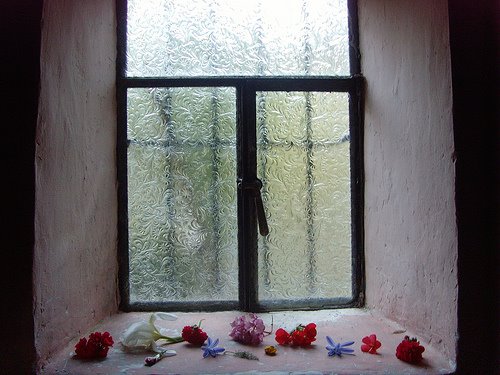Bush/ Garcia powwow
Joint Statement Between the United States of America and the Republic of Peru
Presidents George W. Bush and Alan Garcia underscored the strong relationship between the United States and Peru, and reaffirmed their commitment to strengthening democracy and expanding free trade in the region as a means of improving the well-being of all citizens by securing freedom and delivering the greatest possible economic benefits to the largest number of people. They pledged to continue working together toward these and other shared objectives.
The two leaders agreed that democracies must strive to improve basic services for all citizens, and emphasized the importance of expanding health and education as a means of empowering citizens with the tools to fully participate in society, providing opportunities for economic growth and social development. They further concurred that democracy and democratic governance are the right and responsibility of all, and that an educated, engaged citizenry is the foundation for strong democratic institutions. They also agreed that all citizens should have the ability to participate fully and fairly in a modern economy, under the protection of the rule of law.
Both stressed the central role of initiatives such as the mutually beneficial U.S.-Peru Trade Promotion Agreement (PTPA) in strengthening bilateral ties while leveling the trade playing field, spurring job creation, and reducing poverty and inequality. In this regard, President Bush reaffirmed his commitment to securing congressional approval of the PTPA as quickly as possible. Both Presidents noted that domestic capacity-building programs, such as President Bush's Center for Education Excellence in Teacher Training and the Poverty Reduction and Alleviation Program initiatives, and President Garcia's Sierra Exportadora and "Internal FTA" programs, ensure that the opportunities derived from free and open markets accrue to the broadest number of Peruvians.
Presidents Bush and Garcia reaffirmed their strong commitment to protect their people and the hemisphere from the depredations of transnational terrorist and criminal organizations, pledging to promote speedy extradition of drug cartels' members. Among the many ways our countries work together to combat the scourge of narcotrafficking, based on the principle of shared responsibility, are Peru's comprehensive efforts against drug trafficking and illegal coca cultivation and U.S. programs that provide infrastructure and training to develop a police presence east of the Andes and alternative development to people in former coca growing areas, giving them hope for a sustainable, legal livelihood to provide for their families.
The Presidents reaffirmed their commitment to a strong bilateral relationship and to promoting prosperity and social justice for all people of the Americas.
see also: http://www.topix.net/world/peru




